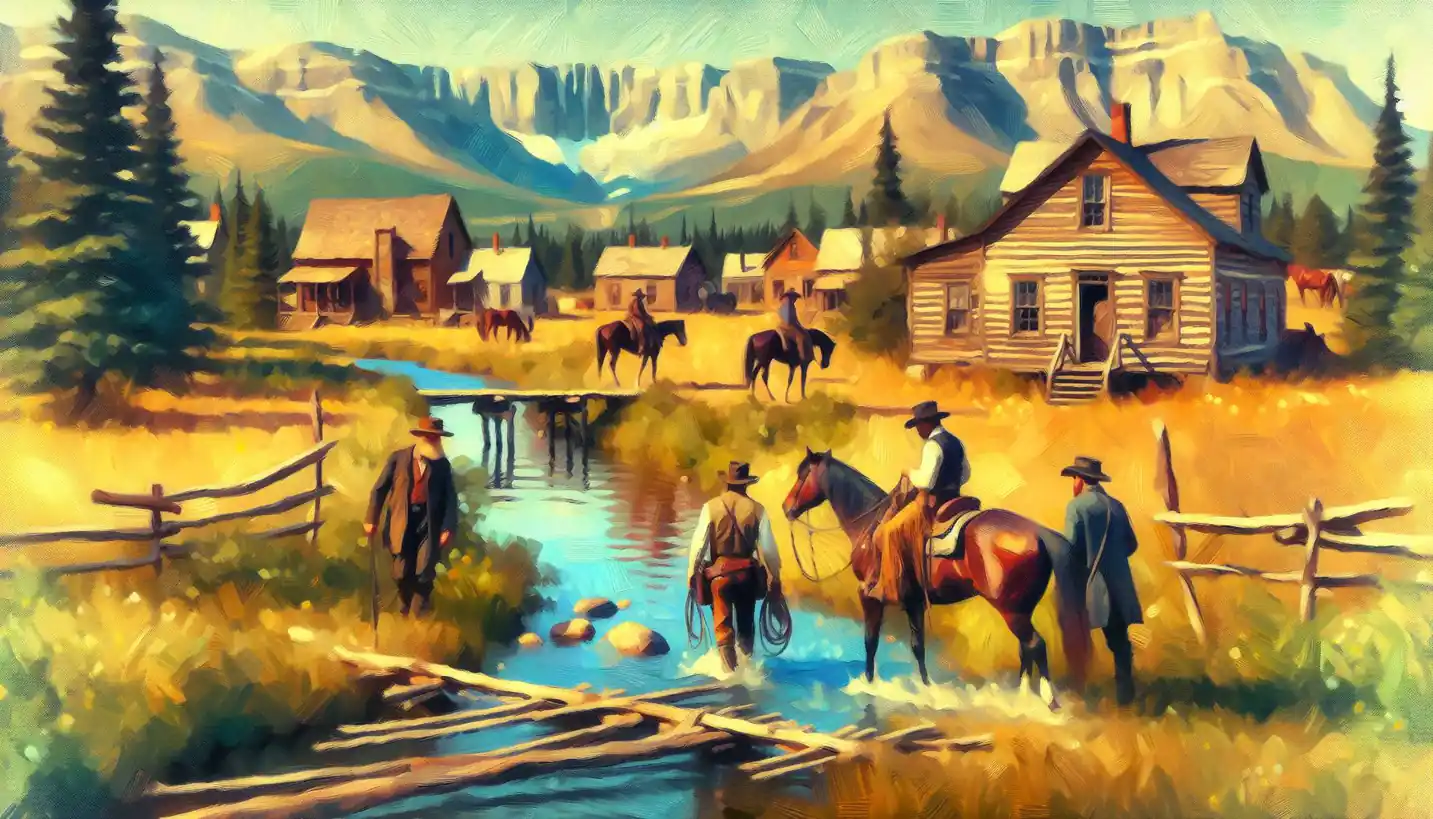· History · 4 min read
Redlining: A Hidden Past Shaping Urban Landscapes
Redlining's hidden past continues to influence urban landscapes today. Discover how this practice shaped neighborhoods and perpetuated disparities.

In cities across the United States, there are often stark differences between neighborhoods, from the quality of schools to housing and even job opportunities. While these differences have many causes, a significant but lesser-known factor is the historical practice known as “redlining.”
Redlining refers to a discriminatory practice that started in the 1930s, where banks and insurance companies would deny loans, mortgages, or insurance to residents living in certain geographic areas—often based on the racial or ethnic composition of those neighborhoods. This was systematically backed by maps, where “risky” areas were outlined in red, hence the term “redlining.”
A Glimpse into History
Back in the 1930s, during the Great Depression, the U.S. government sought to revive the housing market through the Home Owners’ Loan Corporation (HOLC). This agency aimed to help homeowners refinance their mortgages to prevent foreclosure. However, HOLC also created residential security maps that marked neighborhoods for lending risk. Areas predominantly inhabited by African Americans and other minorities were marked in red, deemed as high-risk for investment.
This practice had long-lasting impacts. Denying financial services led to disinvestment in those communities, reinforcing poverty and limiting the growth of wealth through home ownership—a primary means of building financial security in the U.S.
The Ripple Effect of Redlining
Redlining didn’t just affect housing; it touched nearly every aspect of life in affected neighborhoods. Schools often lacked resources because they were funded by local property taxes, which were low due to the depressed property values. Businesses were less likely to open in these communities, limiting job opportunities and access to services. Even today, many cities see a continuation of these patterns, where redlined areas are still struggling with economic hardships.
Echoes in Urban Landscapes
Imagine driving through a city and observing the sharp differences between blocks. One neighborhood might boast lush parks and state-of-the-art schools, while just a few streets over, buildings are crumbling, and schools are underfunded. These discrepancies can often be traced back to redlining practices.
Current studies show that these same areas often suffer from higher crime rates, poor health outcomes, and lower life expectancy. Environmental concerns, like proximity to industrial sites or lack of green spaces, also disproportionately affect redlined areas.
Breaking Down Myths
It’s a common misconception that redlining is an issue locked in the past. However, its effects are deeply entrenched in many urban areas today. While redlining was formally outlawed in the 1968 Fair Housing Act, discriminatory lending practices in subtler forms have persisted.
Aside from historical maps, digital redlining is a modern concern. This refers to the exclusion from digital services or online platforms, which can impact access to vital resources. In addition, studies have shown that minority home seekers can still experience unequal treatment compared to their white counterparts.
Pathways to Progress
Efforts to rectify these injustices are ongoing. Community organizations, policy changes, and even some tech initiatives aim to create equitable access to resources. For instance, many cities are working to increase investment in historically underserved areas through revitalization projects, affordable housing policies, and better funding for schools.
Urban planners and activists emphasize the importance of inclusive development. This includes engaging community members in decision-making processes to ensure that redevelopment meets the true needs of those who have been marginalized.
Personal Stories and Human Faces
Consider the story of Mrs. Johnson, a fictional character representing many real residents. Mrs. Johnson lived in a neighborhood impacted by redlining but worked tirelessly to build a better future. Despite limited job opportunities, she ensured her children received an education. Her story highlights the resilience of communities often overlooked by mainstream narratives and underscores the human spirit’s ability to overcome adversity.
But it also points to the necessity for systemic change, not just individual perseverance.
The Future of Urban Development
Understanding redlining is crucial for anyone interested in urban history and development. By acknowledging this dark chapter, we can work towards more just and equitable cities.
Imagine future cities where your zip code doesn’t determine your access to quality education, healthcare, or economic opportunity. The path to such a future involves both recognizing past injustices and designing policies that proactively bridge gaps created by practices like redlining.
In academia and policy circles, there’s a growing interest in sustainable and equitable urban development. Researchers are exploring innovative solutions such as community land trusts and mixed-income housing to promote inclusive growth.
Conclusion
Redlining is more than a historical blip; it’s a legacy woven into the fabric of urban America. By learning about redlining, we uncover not only the struggles of marginalized communities but also their strength and endurance.
This awareness can drive us to advocate for policies that ensure fairness in housing, education, and beyond. Next time you wander through a city, reflecting on its history of redlining can offer a deeper understanding of the past’s lingering influence—and the potential for a brighter, more equitable future.


